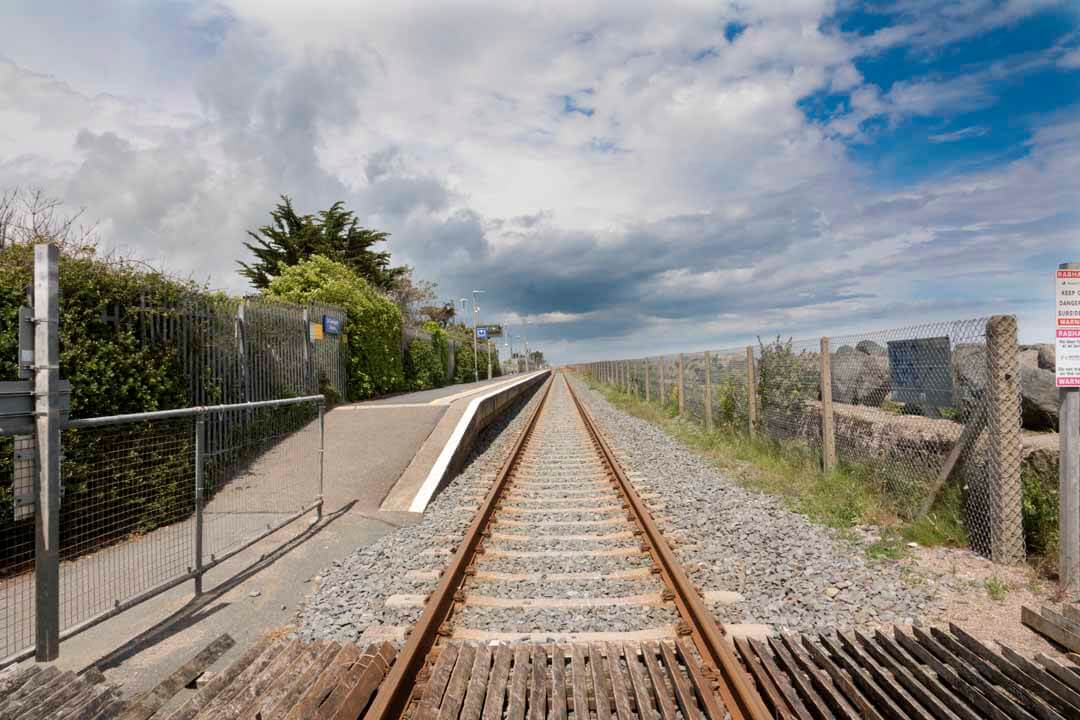
This walk starts at the train station in Kilcoole, we turned left for Greystones and found a mixed track between a narrow sea wall and a more generous gravel track , but walking along the beach is possible.
This walk starts at the train station in Kilcoole, we turned left for Greystones and found a mixed track between a narrow sea wall and a more generous gravel track , but walking along the beach is possible.
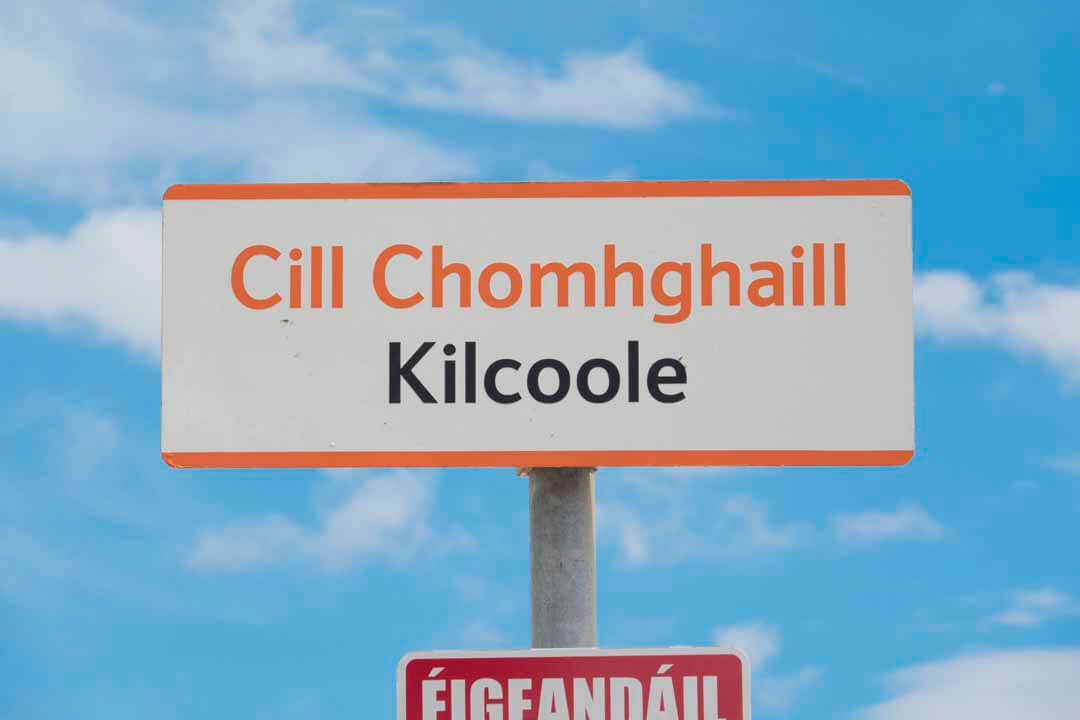
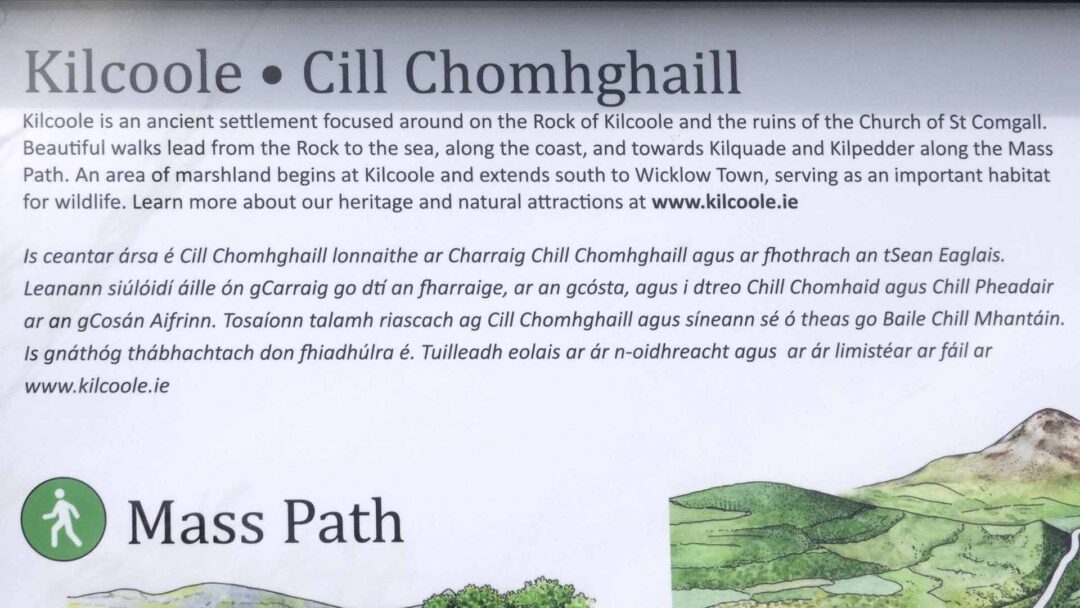
From above
Kilcoole is an ancient settlement focused around on the Rock of Kilcoole and the ruins of the Church of St Comgall. Beautiful walks lead from the Rock to the sea, along the coast, and towards Kilquade and Kilpedder along the Mass Path. An area of marshland begins at Kilcoole and extends south to Wicklow Town, serving as an important habitat for wildlife. Learn more about our heritage and natural attractions at www.kilcoole.ie
Kilcoole is an ancient settlement focused around on the Rock of Kilcoole and the ruins of the Church of St Comgall. Beautiful walks lead from the Rock to the sea, along the coast, and towards Kilquade and Kilpedder along the Mass Path. An area of marshland begins at Kilcoole and extends south to Wicklow Town, serving as an important habitat for wildlife. Learn more about our heritage and natural attractions at www.kilcoole.ie
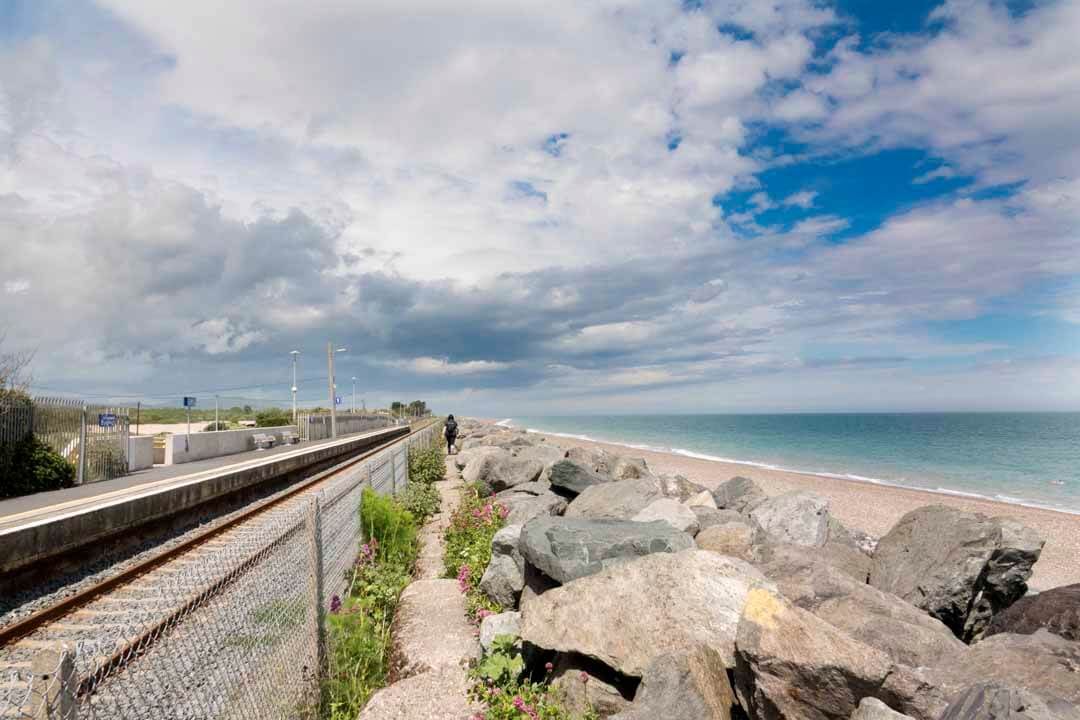
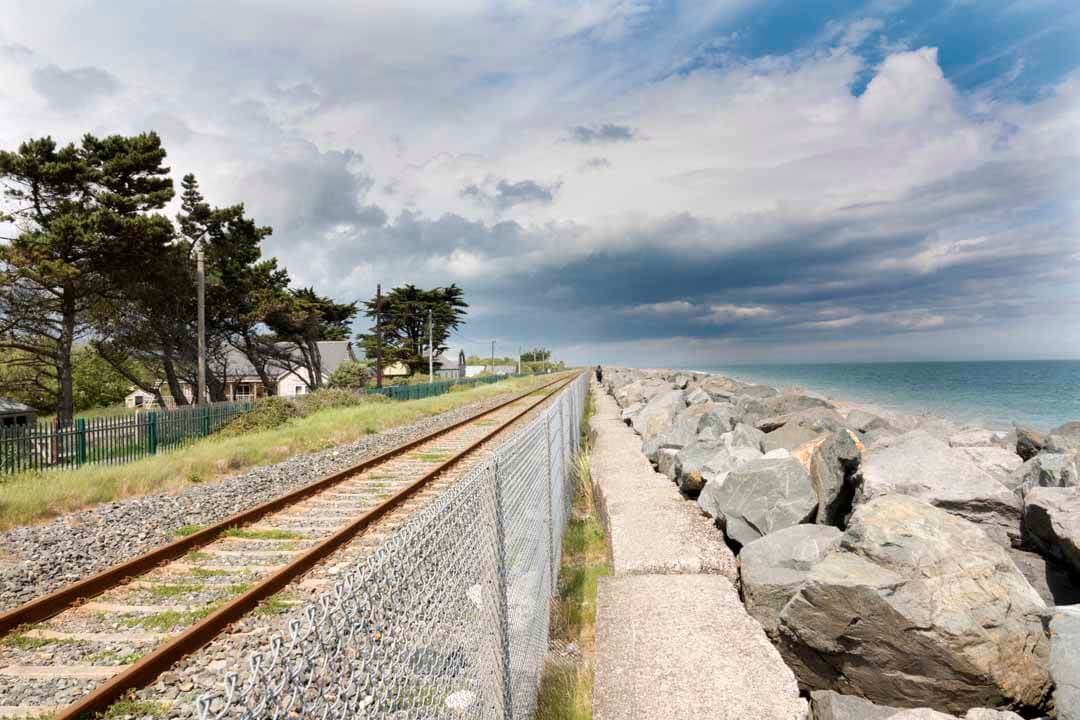
We stoped in Kilcoole for coffee, before making our way to the train station to begin our walk, we found ample parking and crossed the tracks and heading left for Greystones.
We stoped in Kilcoole for coffee, before making our way to the train station to begin our walk, we found ample parking and crossed the tracks and heading left for Greystones.
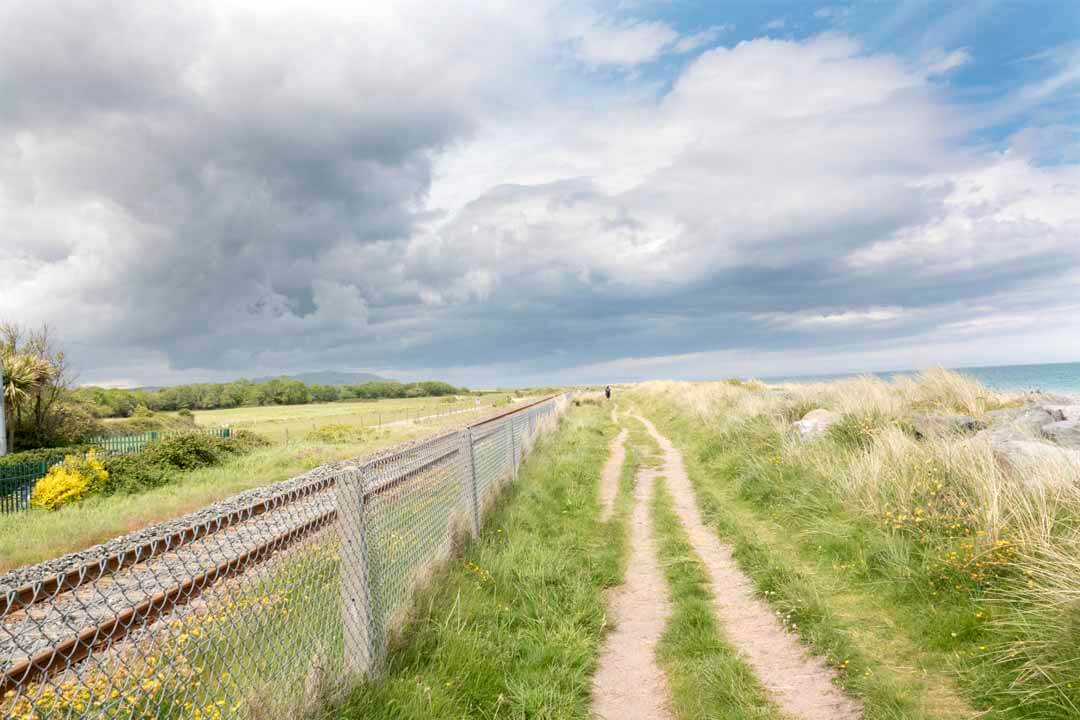
Although this is a short walk best to bring water
Although this is a short walk best to bring water
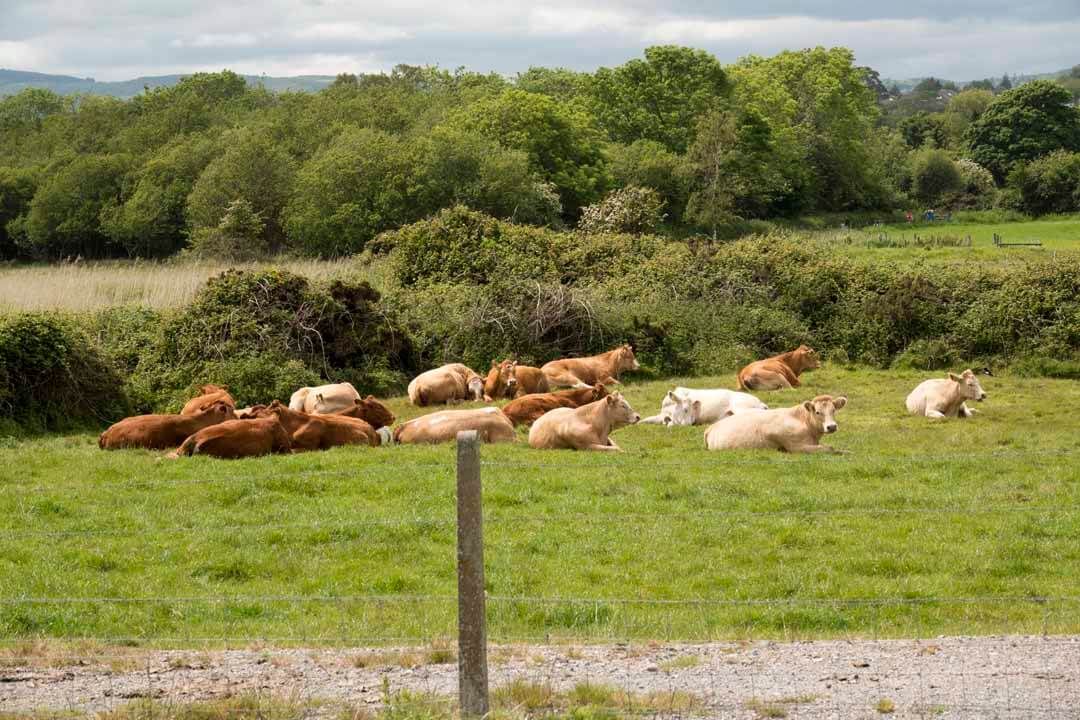
This is ideal for train lovers having the Rosslear to Dublin line for company. The trail is mixed between a sea wall and a wider gravel path in some places or just walk the beach.
This is ideal for train lovers having the Rosslear to Dublin line for company. The trail is mixed between a sea wall and a wider gravel path in some places or just walk the beach.
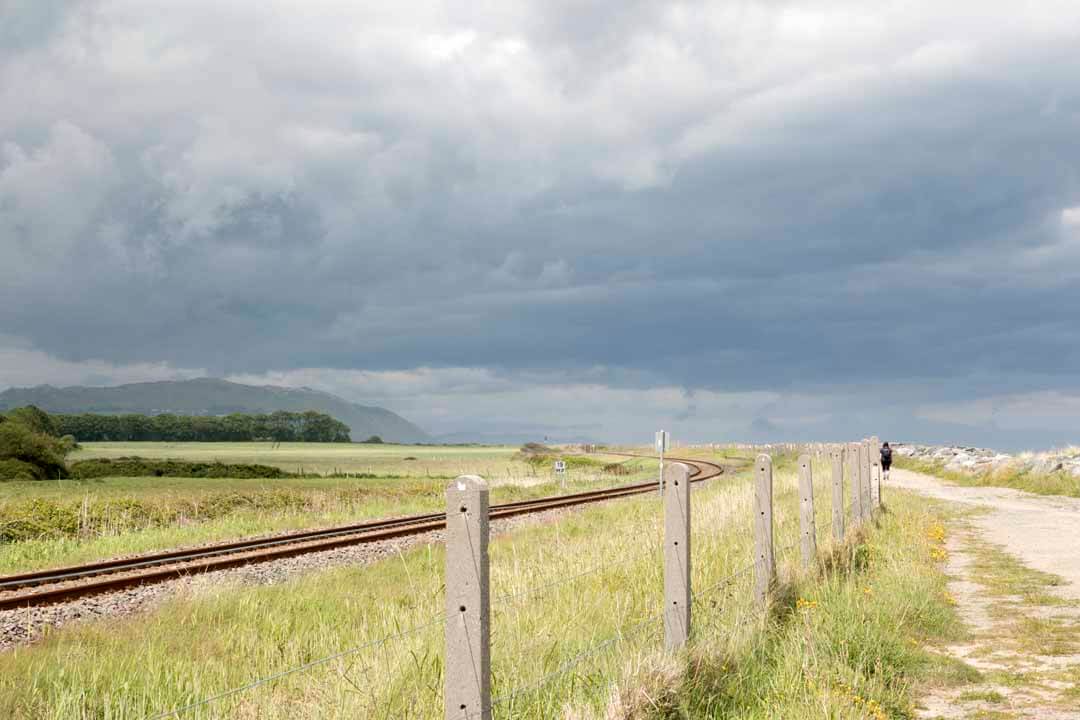
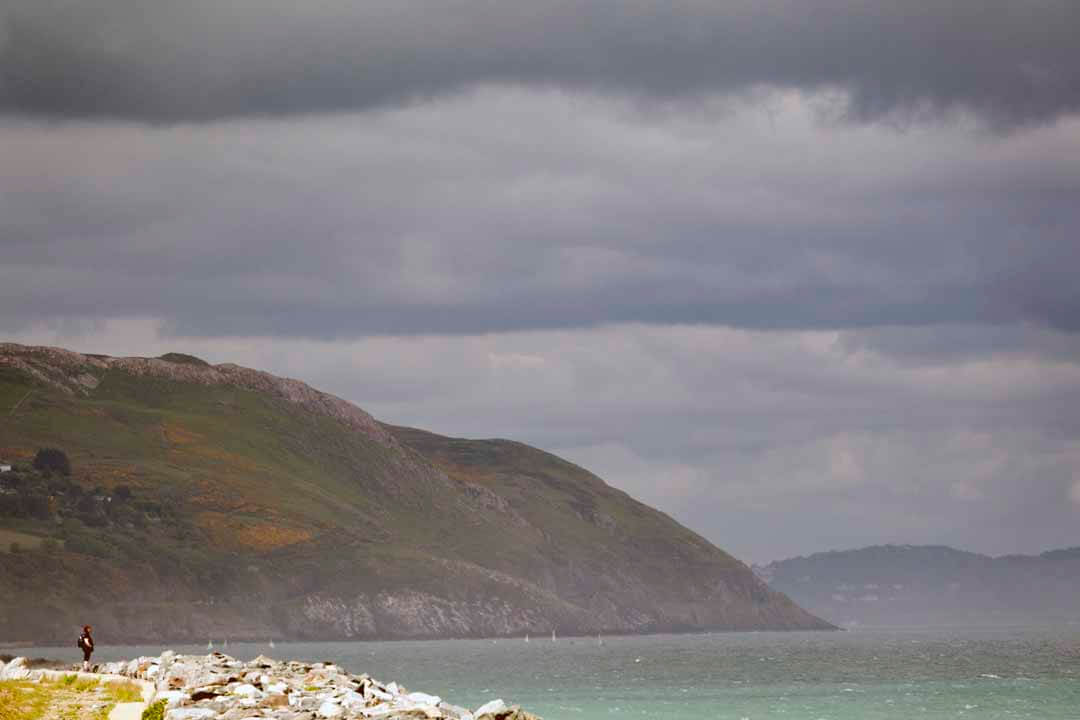
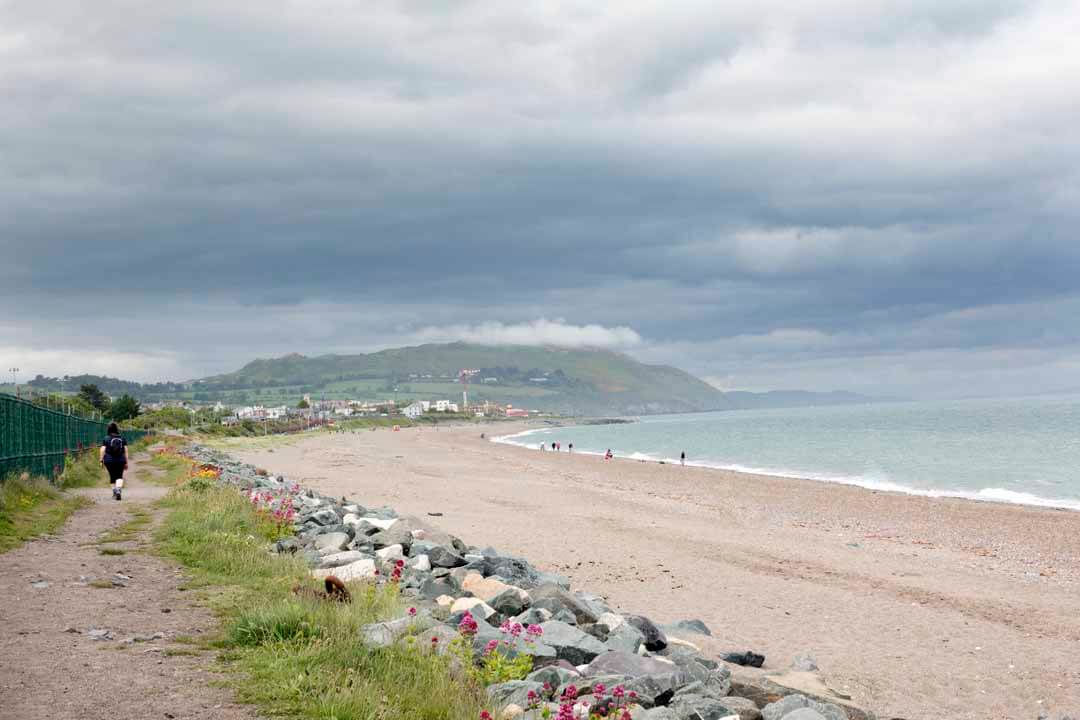
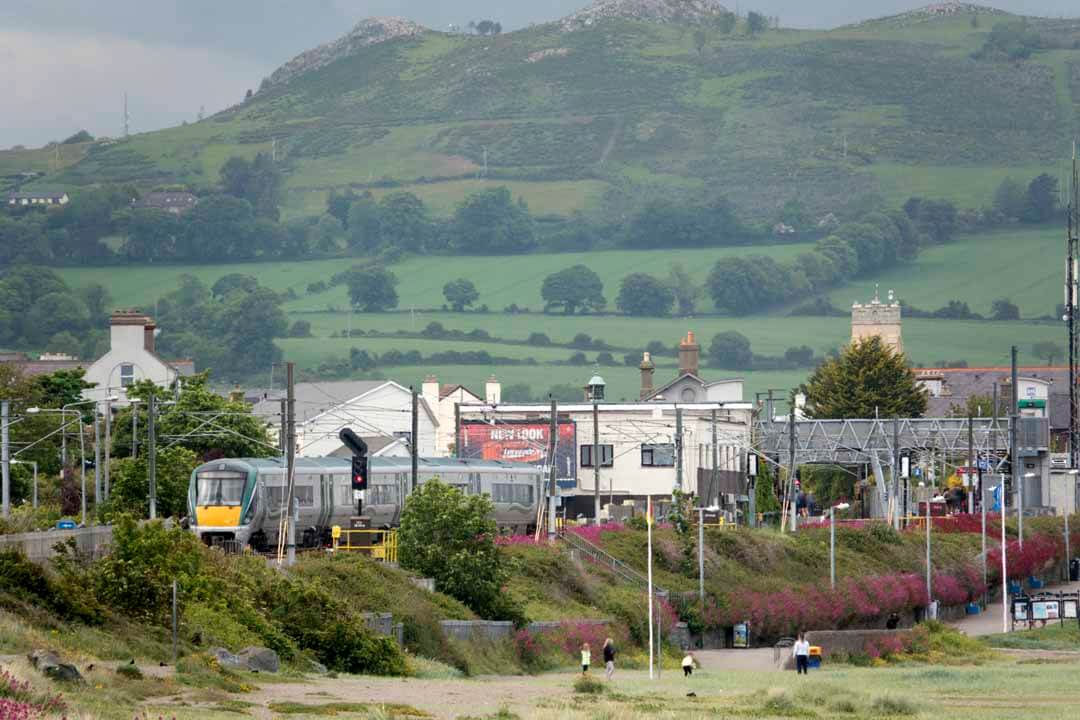
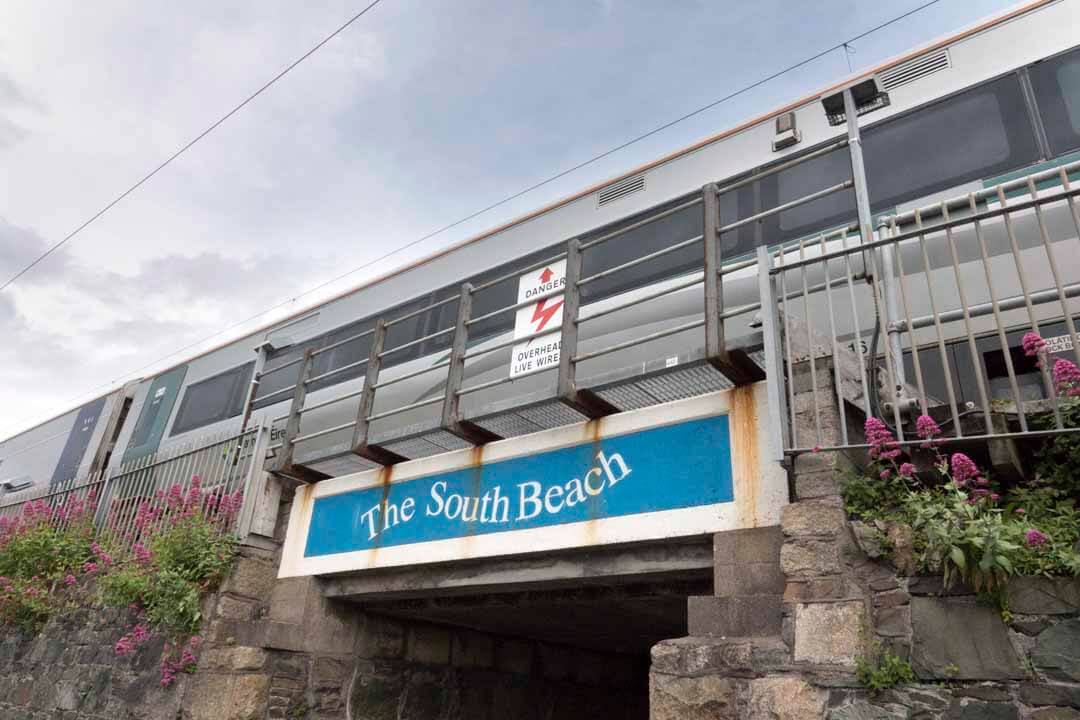
Greystones is has all, no better place to rest or eat before returning to Kilcoole
Greystones is has all, no better place to rest or eat before returning to Kilcoole
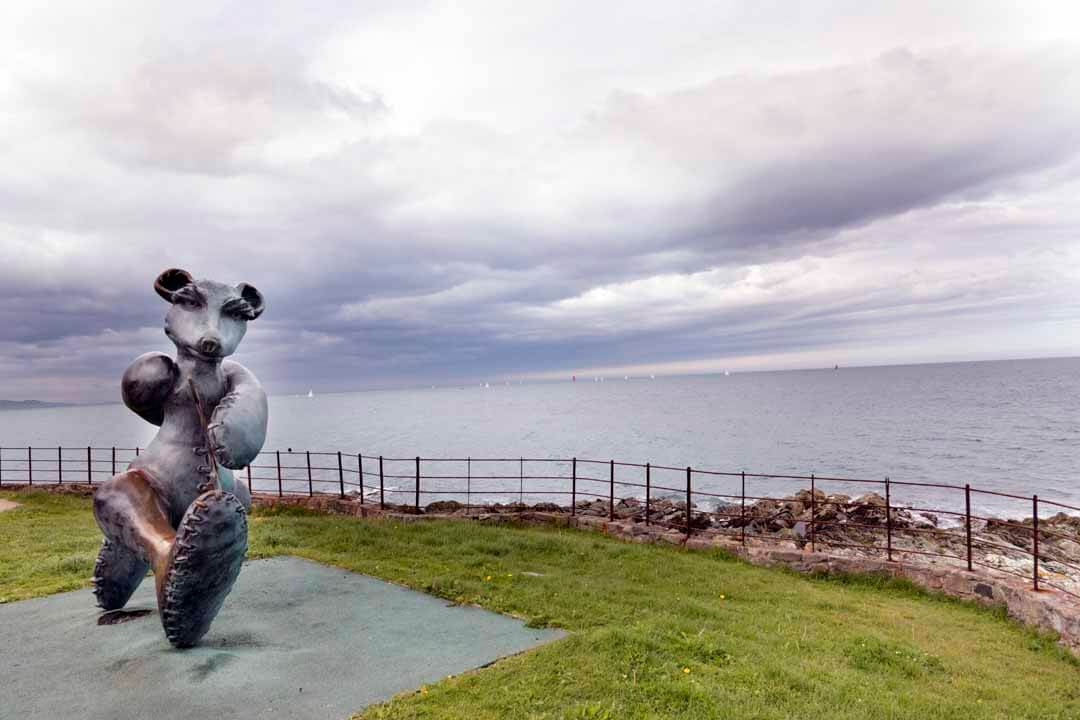
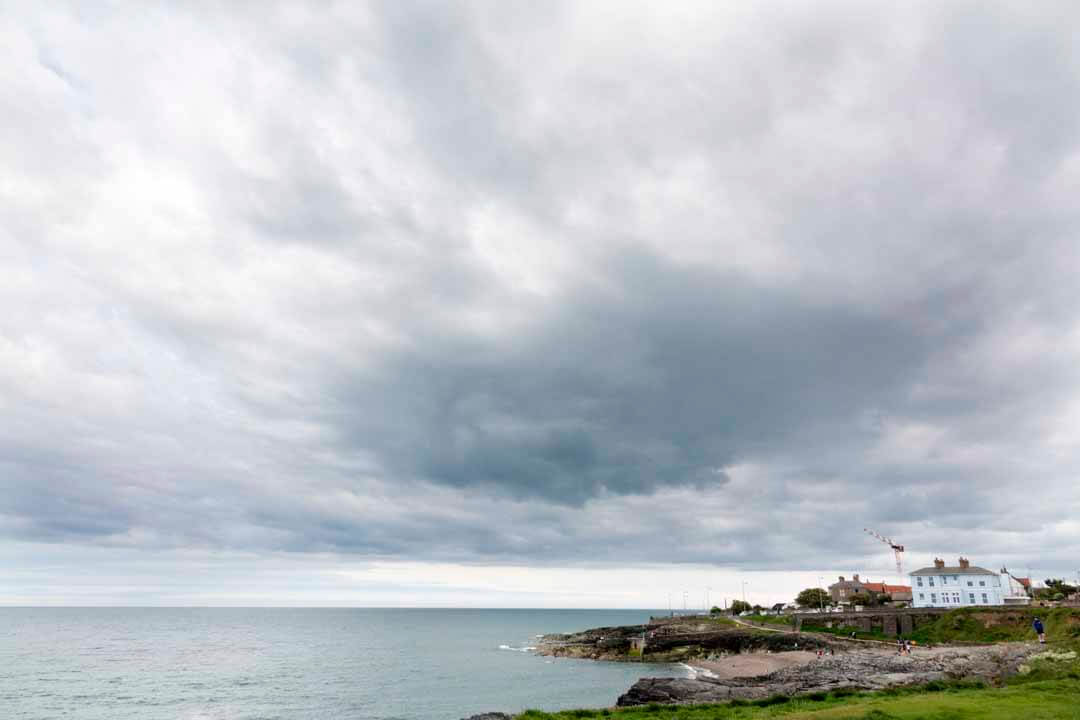
Relax in Greystones
Relax in Greystones
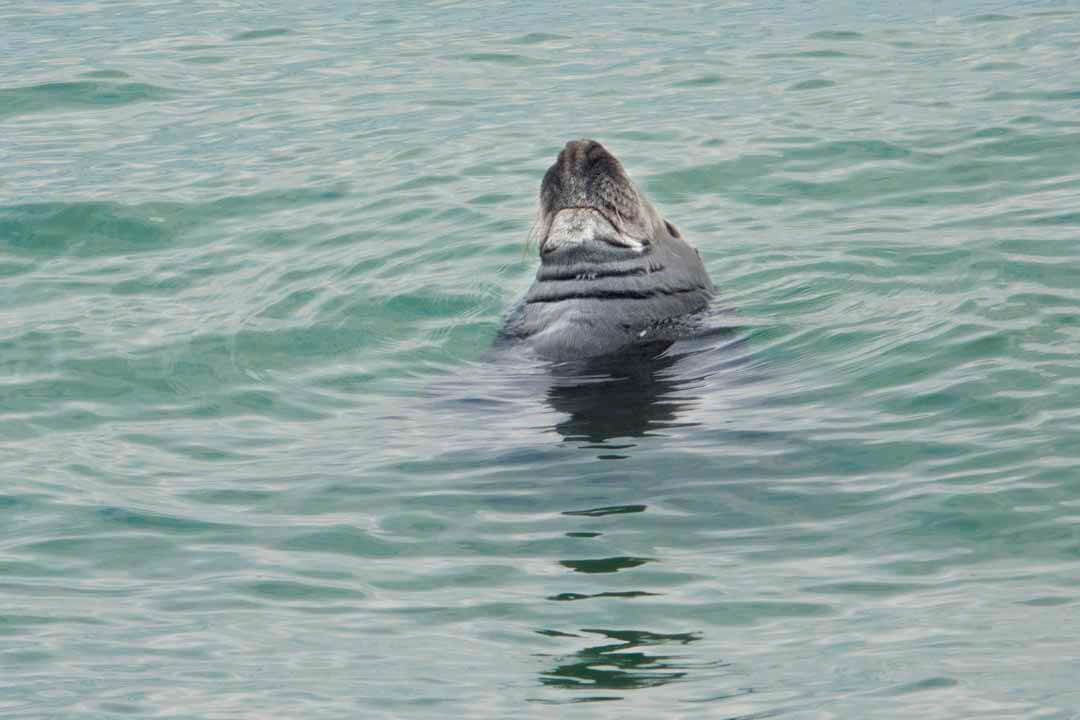
A History of Greystones
A History of Greystones
According to the Annals of the Four Masters. Rathdown (as the area around Greystones is known) was established in 500 BC by Heremon, the first King of Ireland. It remained an important seat of political power right through the Norman and Anglo-Irish periods and was the scene of many conflicts with the O’Tooles and the O’Byrnes constantly contesting the rights of its Norman Lordship. Sadly, Rathdown Castle and the busy hamlet that flourished at its gates, no longer exist, but the name Rathdown is retained in one of the many fine housing parks of modern greystones. The large group of rocks protruding into the sea south of the harbour give the town it’s name (the grey stones) and because of the shelter rocks afforded, a small but thriving fishing village emerged. However, it was not until the coming of the railway to Greystones in 1856 that the town as we know it began to take shape. By this time the most important family in the area were the La Touches who were of French (Huguenot) stock. The La Touches, who were pioneers of banking in Ireland, bought most of the land around around Gregstones in the middle of the 18th century. Together with the Whitshed-Burnaby family they were responsible for most of the core development of Greystones in the age of the railway. From Victorian times the town has established a fine reputation as a resort. Progressive residential and commercial development has seen Greystones grow to being the second largest town in Co. Wicklow. In so doing, it has lost nothing of its old world, relaxing and charming personality.
According to the Annals of the Four Masters. Rathdown (as the area around Greystones is known) was established in 500 BC by Heremon, the first King of Ireland. It remained an important seat of political power right through the Norman and Anglo-Irish periods and was the scene of many conflicts with the O’Tooles and the O’Byrnes constantly contesting the rights of its Norman Lordship. Sadly, Rathdown Castle and the busy hamlet that flourished at its gates, no longer exist, but the name Rathdown is retained in one of the many fine housing parks of modern greystones. The large group of rocks protruding into the sea south of the harbour give the town it’s name (the grey stones) and because of the shelter rocks afforded, a small but thriving fishing village emerged. However, it was not until the coming of the railway to Greystones in 1856 that the town as we know it began to take shape. By this time the most important family in the area were the La Touches who were of French (Huguenot) stock. The La Touches, who were pioneers of banking in Ireland, bought most of the land around around Gregstones in the middle of the 18th century. Together with the Whitshed-Burnaby family they were responsible for most of the core development of Greystones in the age of the railway. From Victorian times the town has established a fine reputation as a resort. Progressive residential and commercial development has seen Greystones grow to being the second largest town in Co. Wicklow. In so doing, it has lost nothing of its old world, relaxing and charming personality.
HILL CLIMBS – The Big Sugarloaf, The Little Sugarloaf and Bray Head all within easy climbing distance for the ardent Hill Climber. The Big Sugarloaf approach is from Kilmacanogue, whilst the Little Sugarloaf approach is from Windgates. Bray Head approach is from Bray Promenade.
HILL CLIMBS – The Big Sugarloaf, The Little Sugarloaf and Bray Head all within easy climbing distance for the ardent Hill Climber. The Big Sugarloaf approach is from Kilmacanogue, whilst the Little Sugarloaf approach is from Windgates. Bray Head approach is from Bray Promenade.
